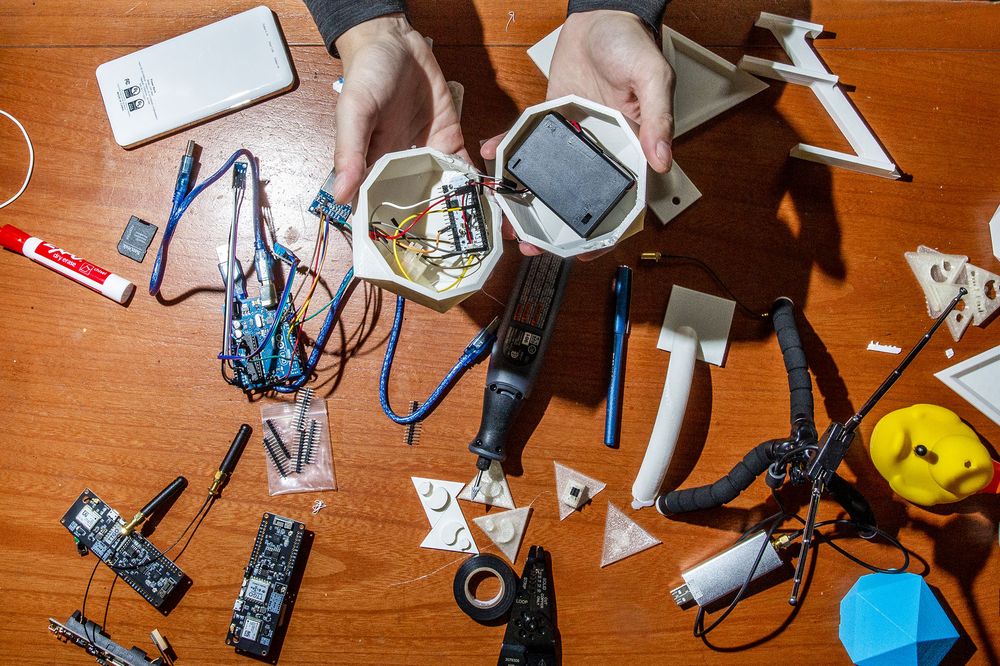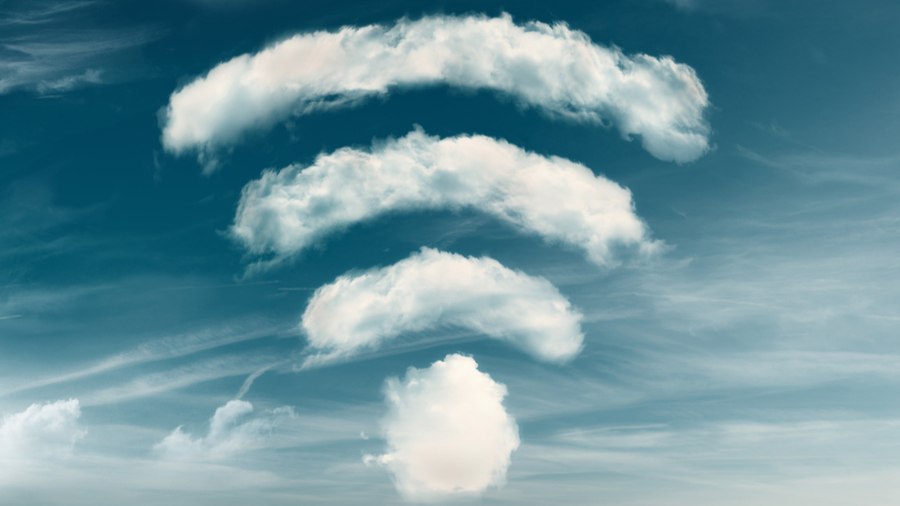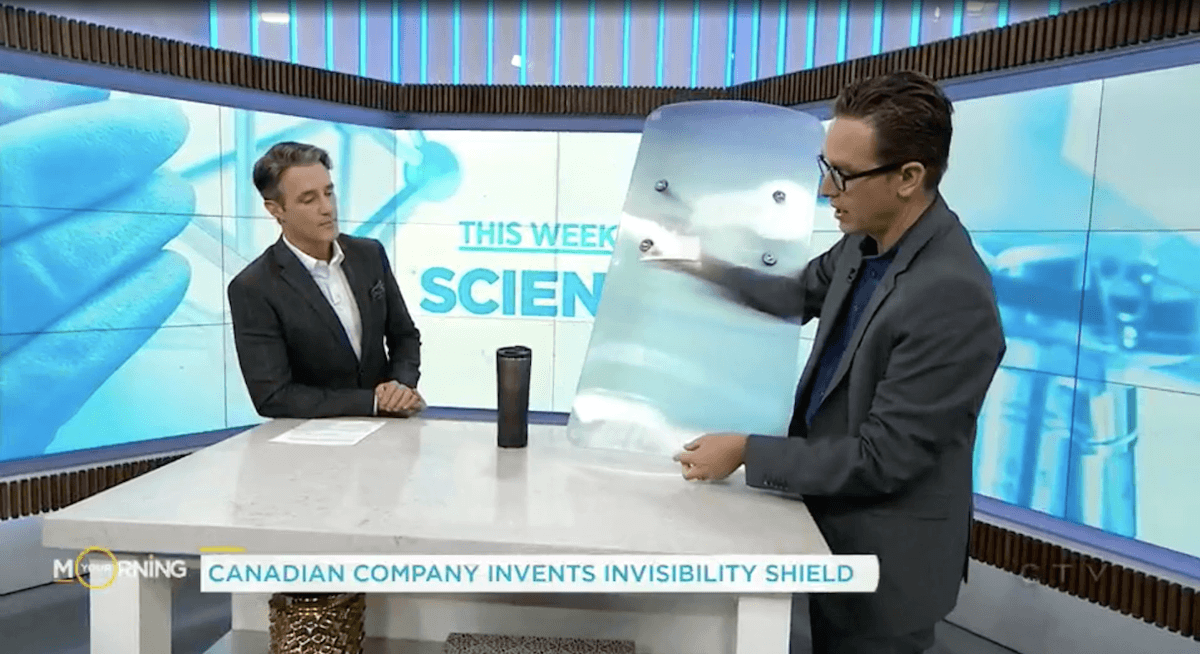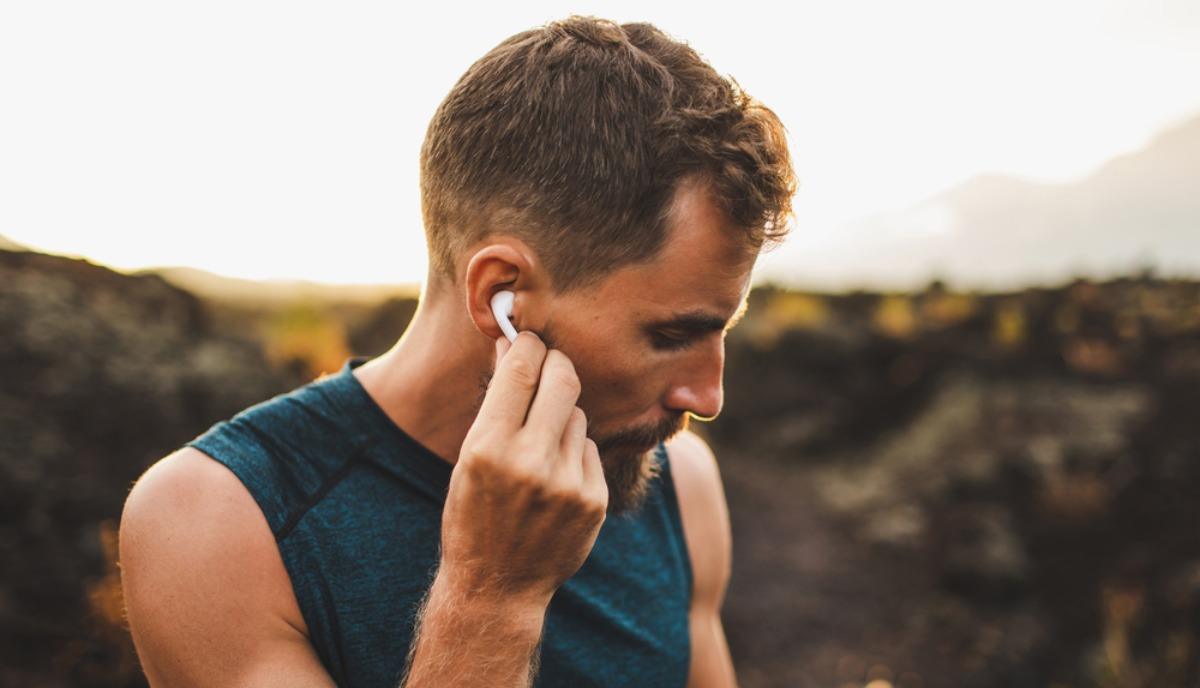Every year, thousands of people lose their lives in natural disasters. A major portion of deaths occur due to the lack of communication between survivors and first responders as communication channels including cell towers get erupted.
Five young developers who competed against each other at computer hackathons joined forces and have developed a project named Project Owl to help people stuck in natural disasters. OWL stands for Organization, Whereabouts, and Logistics.
The youngsters have created a special Wi-Fi network by installing tiny electronic nodes inside a baseball-sized rubber casing. This Wi-Fi network can help in connecting first responders and those affected by natural disasters. The network can span across 100 square miles.

After winning a $200,000 grand prize and beating 2,500 entries from all over the world at the Call for Code event supported by the IBM Code and Response initiative, the project underwent a two-week pilot project supervised by IBM representatives.
How Does This Special Network Work? DuckLinks
Devices known as DuckLinks were deployed in Puerto Rico that suffered the bash of Hurricane Maria in 2017. DuckLinks were deployed on sand dunes on beaches, attached using velcro on trees in the jungle, attached on car doors, and some DuckLinks were floated above buildings by sending them in helium balloons.
A total of 23 DuckLinks were deployed to create a live internet network that could work in areas sans cell reception. The network spanned across 1 square mil; once completely deployed, it appears as an emergency Wi-Fi network in smartphones.
Using this network, it can help civilians in reaching out to first responders, and it also provides weather updates for emergency workers. The Wi-Fi network directs users to an emergency portal where the affected people can send messages to emergency workers.
A Papa Duck which is a cloud-based software service, acts as the hub of the entire network and provides insights about the number of people currently connected to the network.
Project Owl is still in the infancy stage and the Bryan Knouse, co-founder of the project, says, “If Project Owl could generate some type of network connectivity and generate it out of equipment they drop from the sky – that would be a game-changer for us.”
Knouse hopes that one day they’ll succeed in connecting an area of up to 100 square miles.










